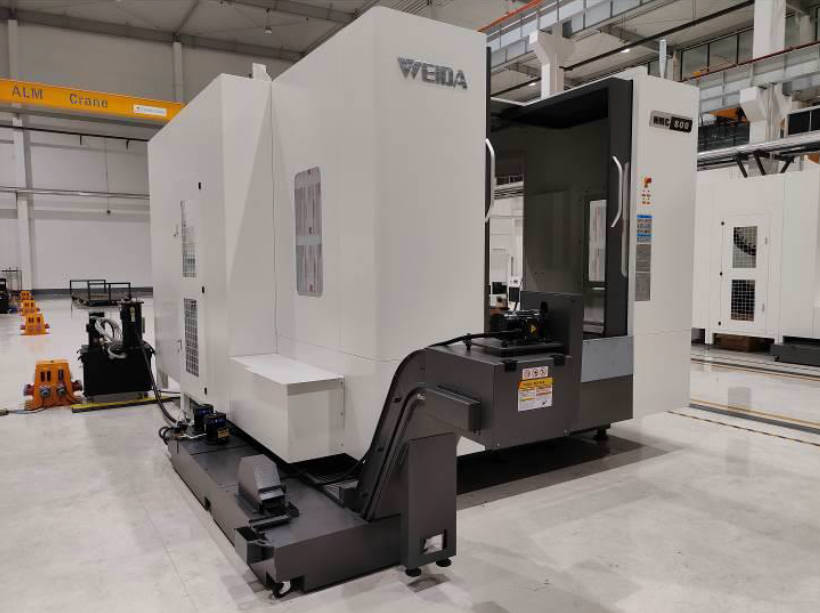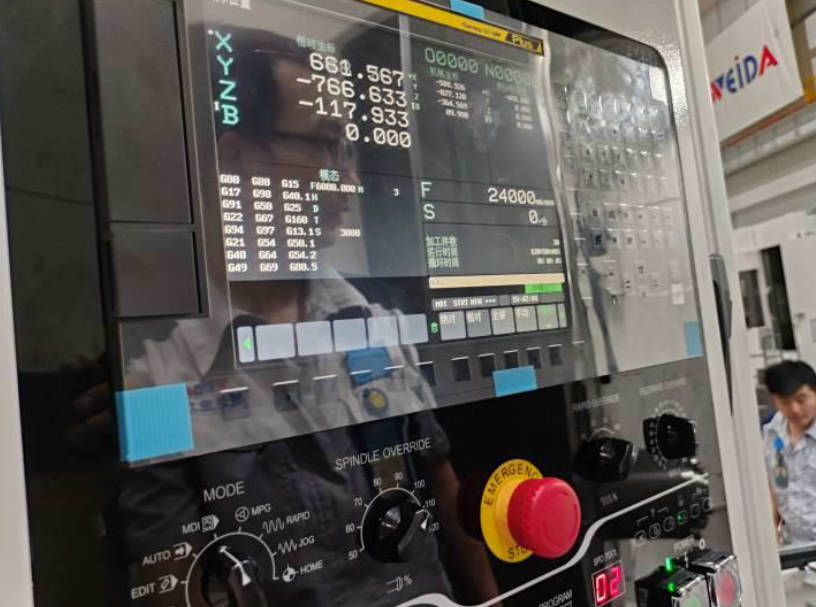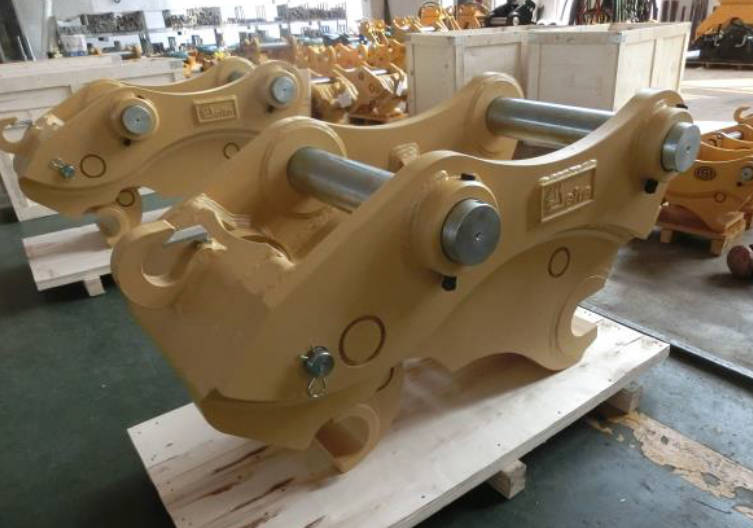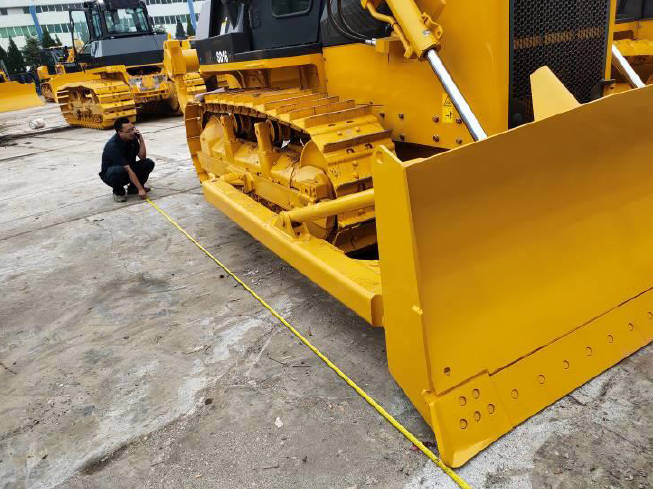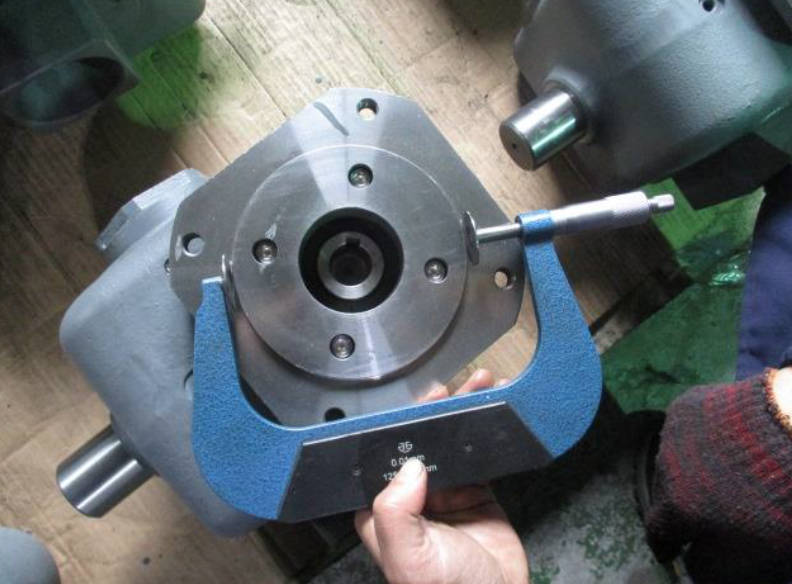We provide Specialized Equipment control services in China
With a focus on precision, reliability, and compliance, we ensure that all specialized equipment meets the highest standards of quality and performance. Our team of experts employs advanced techniques and state-of-the-art technology to conduct thorough inspections, rigorous testing, and comprehensive evaluations. Whether it's for construction, manufacturing, medical, or any other specialized field, our services are designed to deliver peace of mind and confidence in the quality and safety of your equipment.
The key points of Specialized Equipment inspection
Specialized equipment inspection is a critical process that involves a detailed examination of the equipment's functionality, safety compliance, structural integrity, calibration accuracy, and relevant documentation. This comprehensive approach ensures that the equipment operates efficiently, safely, and in accordance with industry-specific standards, thus maintaining its reliability and effectiveness in its specialized application.
-
Function tests
-
Safety and Compliance Checks
-
Physical and Structural Integrity Assessment
-
Precision and Calibration Verification
-
Documentation Review
-
Customized Inspection Criteria
Function tests
Operational Test
The equipment is activated and run through its full range of operations to verify that all features and functions perform correctly. This includes testing under various conditions and settings to simulate real-world usage. For example, in medical equipment, this would mean checking imaging clarity and diagnostic accuracy, while in manufacturing machinery, it would involve assessing operational speed and precision.
Load and Stress Test
The equipment is subjected to different levels of stress or load to ensure it can operate effectively under maximum capacity. This is crucial for identifying potential operational failures under extreme conditions. For instance, in construction equipment, this might involve lifting or moving maximum weight loads, whereas for electronic devices, it could mean testing under high usage or varying power conditions.
Safety and Compliance Checks
Safety Standards Assessment
The equipment is thoroughly examined against relevant local and international safety standards. This includes checking for the presence and proper functioning of safety features such as emergency stop buttons, guards, and safety interlocks. For instance, in heavy machinery, this might involve verifying the effectiveness of protective shields and emergency shutdown mechanisms, while in electrical equipment, it would include inspecting insulation and grounding systems.
Regulatory Compliance Verification
The equipment is reviewed for compliance with industry-specific regulations and certifications. This involves ensuring that the equipment has passed all required inspections and certifications, such as CE marking for European conformity or UL certification for safety in the United States. Documentation and labels are checked for accuracy and completeness. Additionally, the equipment is assessed for environmental compliance, such as adherence to emissions standards and waste disposal regulations.
Physical and Structural Integrity Assessment
Visual Inspection
The first step is a thorough visual examination of the equipment's external and internal components. Inspectors look for signs of wear, corrosion, cracks, or any other damage that could compromise the equipment's structural integrity. This might include checking the condition of welds, fasteners, and joints, as well as assessing the wear and tear on moving parts. In machinery with high stress points, special attention is given to those areas to detect any early signs of failure.
Non-Destructive Testing (NDT)
Advanced techniques like ultrasonic testing, magnetic particle inspection, or radiographic (X-ray) testing are employed to detect internal flaws or weaknesses without damaging the equipment. These methods are particularly important for detecting issues that are not visible to the naked eye. For instance, in pressure vessels or pipelines, ultrasonic testing might be used to identify hidden cracks or voids that could lead to leaks or bursts under pressure.
Precision and Calibration Verification
Calibration Check
The equipment is tested against known standards to verify its accuracy. This involves using calibrated instruments and measurement devices to ensure that the equipment's outputs or readings are precise and within the acceptable tolerance levels. For instance, in laboratory equipment like spectrophotometers, calibration is done using standard solutions to verify the accuracy of measurements. Similarly, in manufacturing tools like CNC machines, calibration ensures that dimensions and alignments are precise.
Repeatability and Consistency Test
This test is conducted to ensure that the equipment provides consistent results over multiple uses. It involves repeatedly operating the equipment under the same conditions and measuring the consistency of its output. This is crucial in equipment where precision is key, such as in medical imaging devices where consistent performance is necessary for accurate diagnostics.
Software and Firmware Verification
For equipment that relies on digital components or software, it's important to verify that the software or firmware is up-to-date and functioning correctly. This includes checking for software bugs, ensuring compatibility with other systems, and confirming that digital controls are accurately translating into physical actions.
Documentation Review
Inspectors review all relevant certification documents, this includes checking for certifications like ISO, CE marking, or other industry-specific standards that the equipment should comply with. The review also encompasses any environmental or safety certifications, ensuring the equipment adheres to the latest standards and regulations.
Client’s specification and requirements
Specialized equipment encompasses a wide range of fields such as construction, transportation, power, manufacturing, and more, with each type of equipment having its unique usage scenarios. Inspectors should carefully read the detailed specifications and technical requirements provided by the client and verify them one by one during the inspection process to ensure that the products meet all quality requirements and safety standards.
